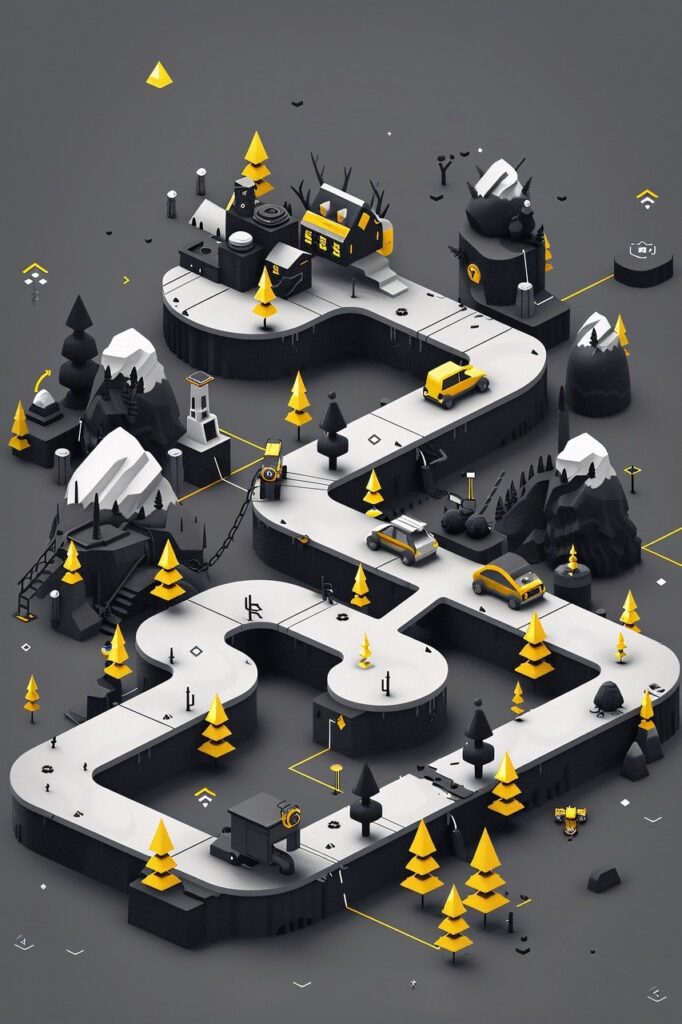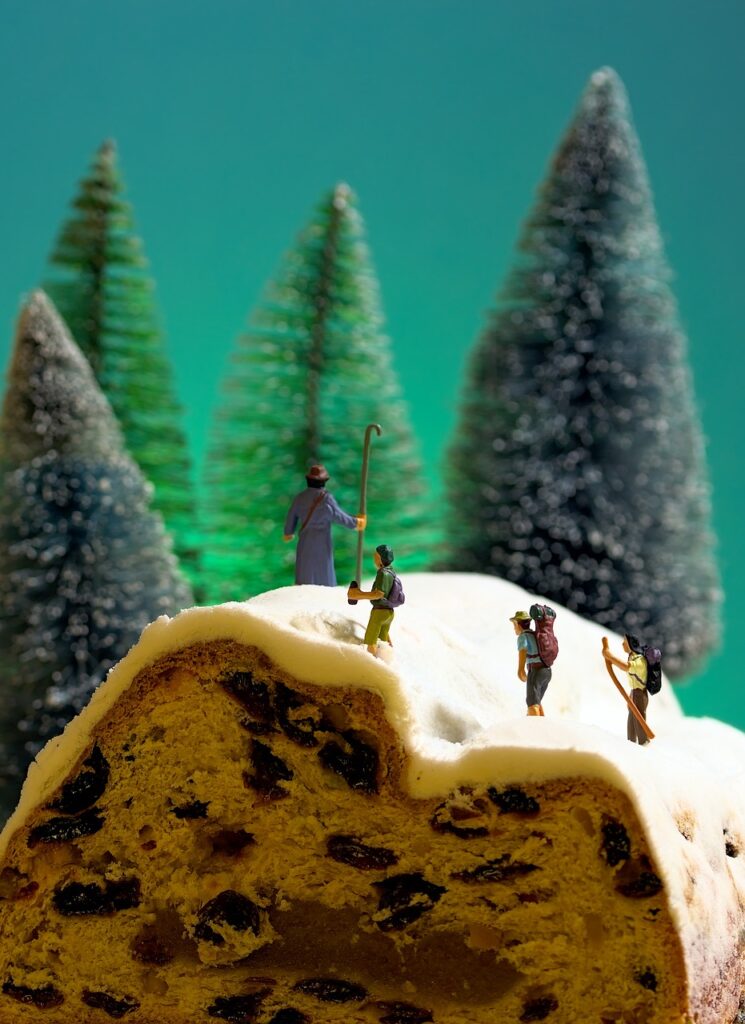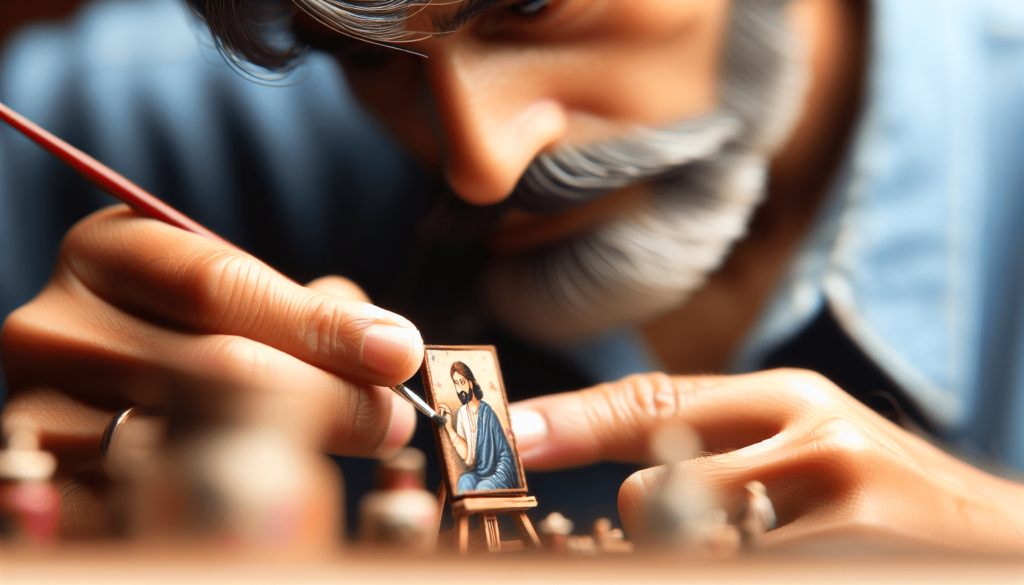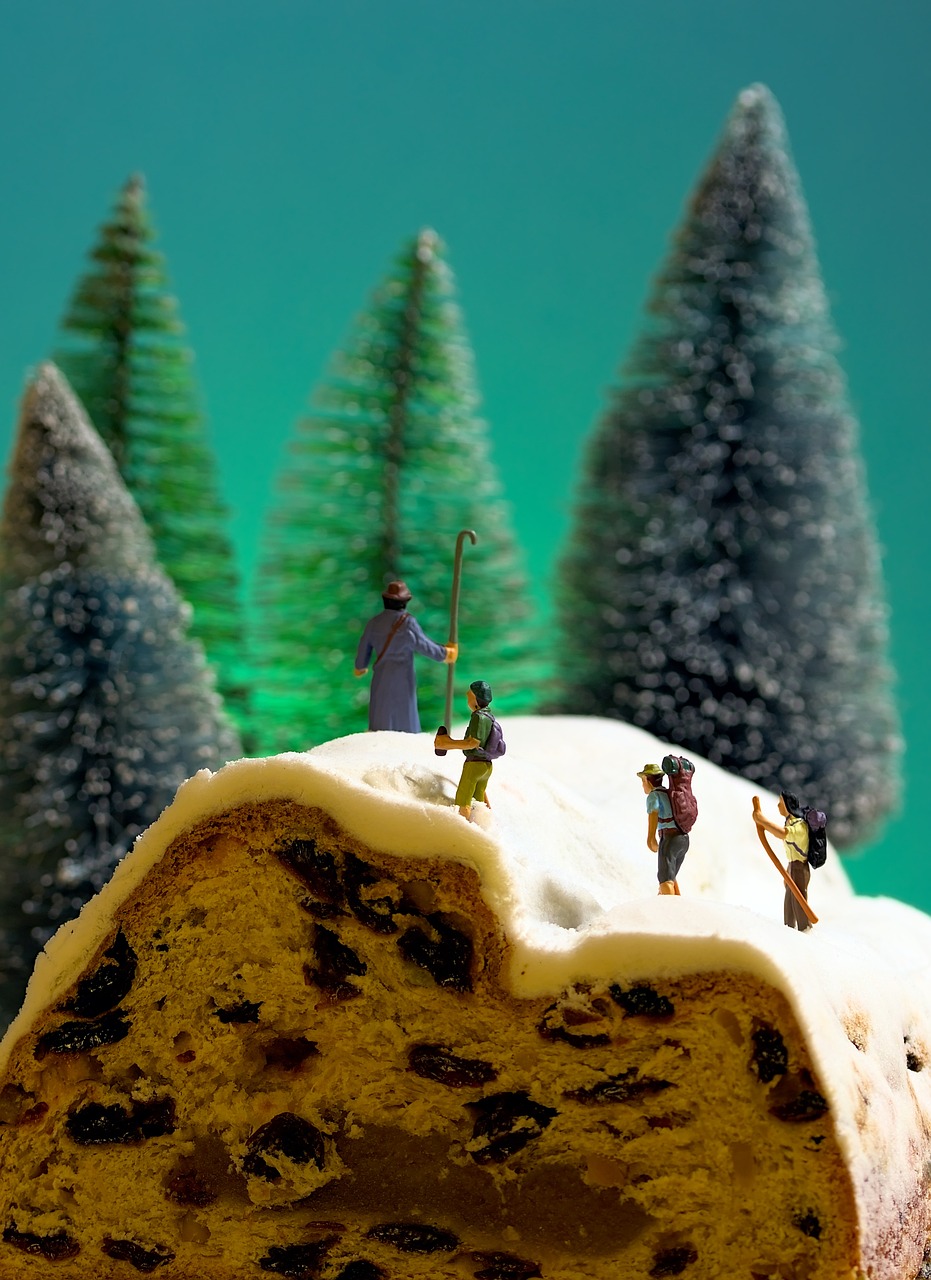Welcome to a close look at the incredible talent of a miniature painting master. This article shines a spotlight on their exceptional skills and dedication to creating intricate works of art on a tiny canvas. From delicate brushstrokes to vibrant colors, prepare to be amazed by the artistic mastery of this talented individual. Take a journey into the fascinating world of miniature painting and uncover the beauty and precision that defines this unique art form.
Spotlight On A Miniature Painting Master
Have you ever wondered how artists are able to create such intricate and detailed paintings on such a small scale? In this article, we will shine a spotlight on a miniature painting master who has perfected the art of creating beautiful works of art in miniature form. Let’s delve into the world of miniature painting and discover the skills and techniques that make these tiny masterpieces possible.

The Art of Miniature Painting
Miniature painting is a traditional art form that has been practiced for centuries in various cultures around the world. Artists create small-scale paintings with intricate details and precision, often using fine brushes and delicate strokes to achieve remarkable results. The miniature paintings are typically no larger than a few inches in size, requiring the artist to have exceptional skill and patience to work on such a tiny canvas.
History of Miniature Painting
The history of miniature painting can be traced back to ancient civilizations such as the Mughal Empire in India, where artists created miniature paintings to decorate manuscripts and royal courts. The art form later spread to Europe during the Renaissance period, where it became popular among the aristocracy and royalty. Miniature paintings were often used as personal portraits or gifts, showcasing the artist’s talent and the recipient’s status.
Techniques and Materials
Creating a miniature painting requires a unique set of techniques and materials to achieve the desired level of detail and complexity. Artists often use magnifying glasses and fine brushes to work on such a small scale, carefully layering colors and textures to bring the painting to life. Common materials used in miniature painting include watercolors, gouache, and ink, as well as specialty brushes and pens designed for intricate work.
Choosing the Right Canvas
One of the most important aspects of miniature painting is choosing the right canvas or surface to work on. Artists often use high-quality paper or vellum for their miniature paintings, as these materials provide a smooth and durable surface for fine details. Some artists prefer to work on miniature canvases made of wood or metal, which can add a unique texture and finish to the painting.
Developing Your Style
Every miniature painting master has their own unique style and approach to creating works of art on a tiny scale. As you delve into the world of miniature painting, take the time to experiment with different techniques and styles to find what resonates with you. Whether you prefer realistic portraits, abstract landscapes, or fantastical scenes, there is no limit to what you can create in miniature form.
Mastering the Details
The key to creating stunning miniature paintings lies in mastering the details. Pay close attention to the finer elements of your painting, such as facial features, textures, and lighting, to bring your artwork to life. Practice your brushwork and precision to achieve the level of detail that sets your miniature paintings apart from the rest.

Tools of the Trade
To become a miniature painting master, you will need to invest in the right tools of the trade. Stock up on high-quality brushes in various sizes, as well as fine-tipped pens and markers for intricate linework. A good set of watercolors or gouache paints in a range of colors is essential for creating vibrant and detailed miniature paintings. Don’t forget to have a comfortable workspace with proper lighting to ensure you can see and work on the tiny details of your artwork.
Joining the Miniature Painting Community
One of the best ways to improve your skills as a miniature painting master is to join the miniature painting community. Connect with fellow artists online or in person to share tips, techniques, and inspiration. Participate in miniature painting competitions or workshops to challenge yourself and learn from others in the community. The miniature painting community is a supportive and welcoming group that can help you grow as an artist and push the boundaries of your creativity.

Showcasing Your Work
Once you have honed your skills as a miniature painting master, it’s time to showcase your work to the world. Consider creating a portfolio or online gallery to display your miniature paintings and attract potential buyers or clients. Participate in art shows, exhibitions, and craft fairs to reach a wider audience and connect with fellow artists and art enthusiasts. Don’t be afraid to share your work on social media platforms and engage with your followers to build a loyal fan base and grow your reputation as a miniature painting master.
Conclusion
In conclusion, miniature painting is a unique and challenging art form that requires skill, patience, and precision to master. By delving into the history, techniques, and community of miniature painting, you can unlock your creativity and create stunning works of art on a tiny scale. Whether you are just starting out or an experienced artist looking to try something new, miniature painting offers endless possibilities for artistic expression and growth. Keep honing your skills, experimenting with different styles, and pushing the boundaries of your creativity to become a true miniature painting master.


Leave a Reply